-
Tuesday June 17, 2025
Just got a response from a feedback I filed last September. The Siri logo has been added in the new SF Symbols 7 beta. Would they have done this anyway? Maybe! But I’ll take the mini win.
FB15004675
Please add SF Symbols to represent Siri. I would use this symbol to create my own user ed around utterances users can say as Shortcuts. -
Tuesday June 17, 2025

📍Apple Park, Cupertino, WWDC25 -
Tuesday April 8, 2025
Two months from today I’m running my first half marathon and a few hours later I’m flying to my first WWDC.
-
Tuesday March 18, 2025
Did the Siri AirPods affirmative head nod as I was walking by someone on the street and it was weird.
-
Wednesday February 12, 2025
Swift 6 concurrency migration in progress for Art Museum. One of the biggest areas is refactoring all the CloudKit code from completion handlers to async/await.
-
Thursday January 30, 2025
Submitted a new build of Art Museum to App Review! hope to share it with you soon
-
Thursday November 21, 2024
I started learning ASL this week!
-
Tuesday November 19, 2024
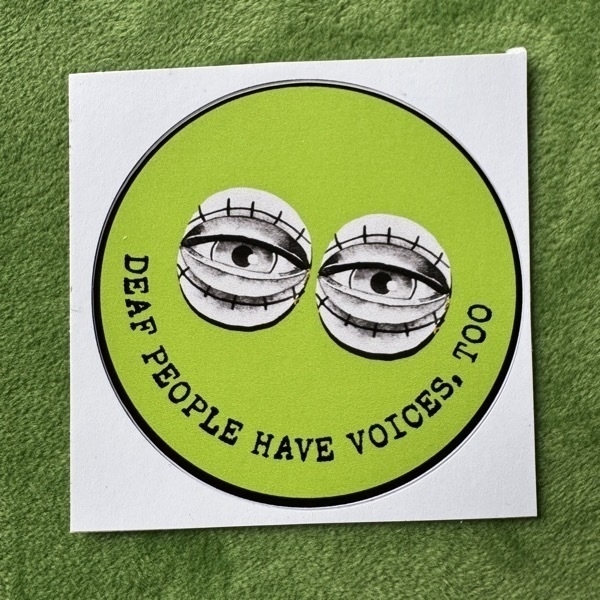
Follow thatdeafzinester on IG and explore their zine collection to learn more about audism.
-
Friday November 1, 2024
Working in the KEXP Gathering Space today. Seeing into the studio, I’m feeling inspired that a single human in front of a microphone is reaching people all over the world and helping make their day a little better.
-
Monday October 28, 2024
I wish you could share public read-only iCloud links to Freeform boards.
-
Wednesday October 23, 2024
📺 (via YouTube): Inside Apple's Audio Labs
ABC News’ Rebecca Jarvis visits Apple’s secret audio labs where the company’s engineers have spent years working on technology that can turn a set of AirPods into an FDA-cleared hearing aid.
-
Wednesday October 23, 2024
Could a Mac app with Rogue Amoeba esque permissions keep a timeline history of your sonic alerts/notifications? I’ll often hear a sound and have no idea where it came from.
-
Wednesday October 23, 2024
Been making an effort to see more live music and it’s always so nourishing.
-
Tuesday October 22, 2024
new OS?! cloudOS for server hardware/private cloud compute services
no developer story yet, maybe never, but imagine CloudKit offering serverless compute for 3P apps to run private inference jobs on bigger models
-
Monday October 21, 2024
I think my recent rental car had “next gen” CarPlay. The main display had the usual driving directions. But a secondary route overview was shown in the driver dashboard. Interesting too based on the screenshot, CarPlay provides a full width asset and the Volvo’s OS blended in a portion of it.
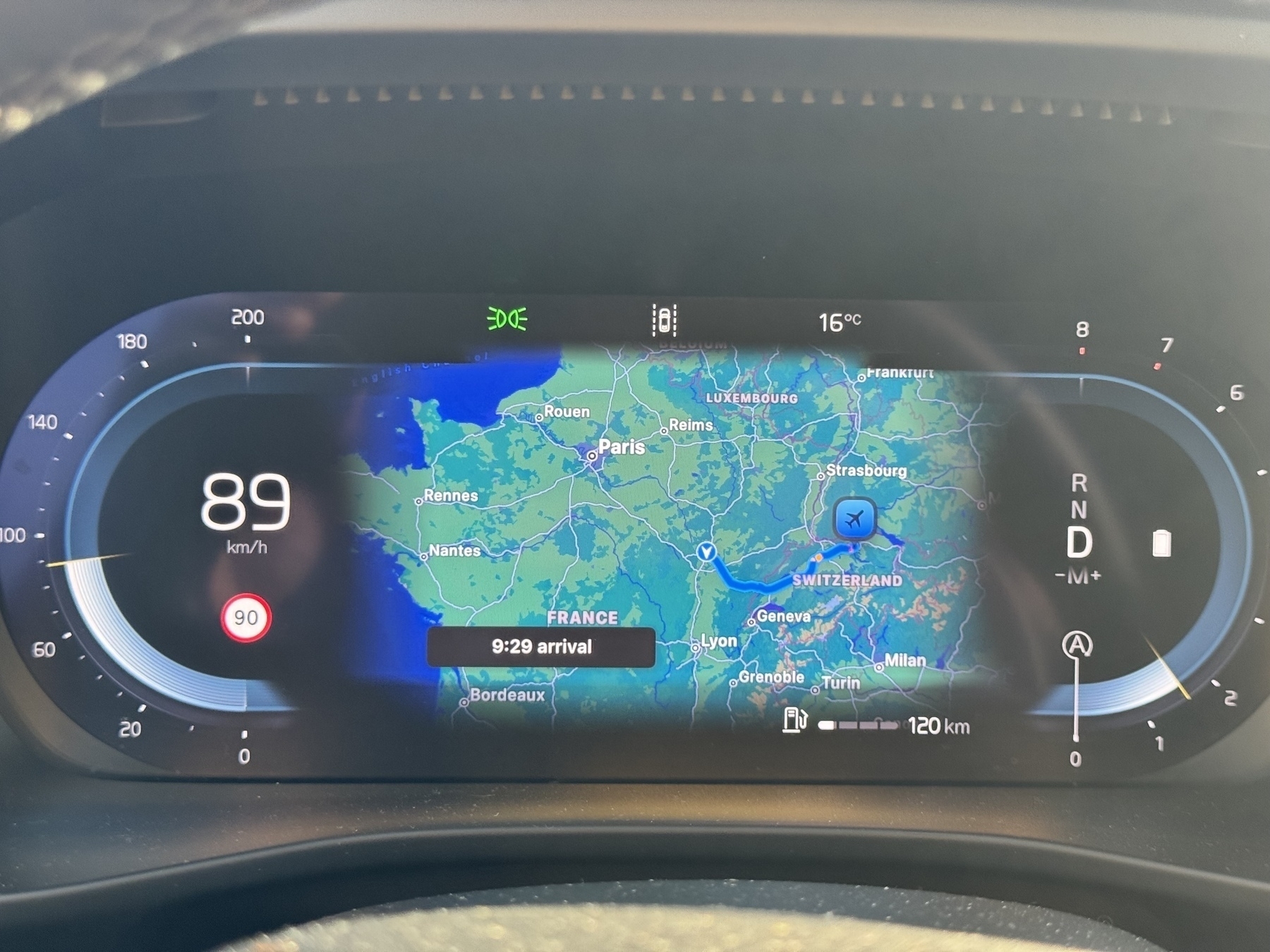
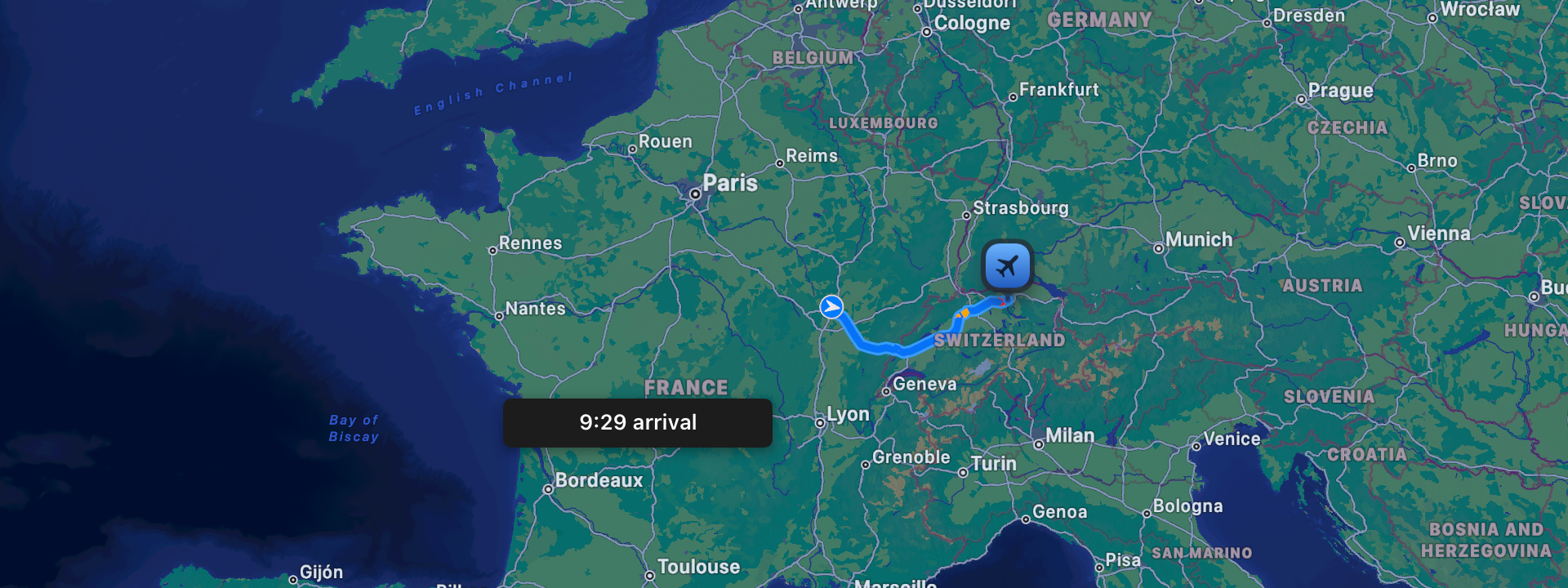
-
Monday October 21, 2024
usually a few minutes crawling around on the ground leads to the cat smacked AirPod, but not this time.
-
Friday October 18, 2024
🔊 Two Voice Devs Episode 211 – I guested this week to explore the evolving developer canvas across Siri, Shortcuts, App Intents and Apple Intelligence. With some throwback to how music, YouTube and Alexa led me to now. Two Voice Devs!
-
Such a letdown!
Thursday October 10, 2024Phil Schiller introducing Siri at the iPhone 4S launch event in October 2011.
For decades, technologists have teased us with this dream that you’re gonna be able to talk to technology and it’ll do things for us. Haven’t we seen this before over and over? But it never comes true. We have very limited capability. We just learn a syntax. Call a name, dial a number, play a song. It is such a letdown! What we really want to do is just talk to our device.
-
They're in the AI area.
Thursday October 10, 2024Walt Mossberg and Kara Swisher interviewing Steve Jobs at the All Things D conference in June 2010.
Walt: Last year at our conference we had a small search company called Siri.
Steve: Yeah. Well I don’t know if I would describe Siri as a search company.
Walt: Ok but it’s a search related company… you now own them right?
Steve: Yeah. We bought them.
Kara: Why?
Walt: There was a lot of speculation, well this company is kind of in the search area.
Steve: No, they’re not in the search area.
Walt: What are they in? How would you describe it?
Steve: They’re in the AI area. -
Thursday September 5, 2024
Trying to stay calm.

-
Wednesday August 28, 2024
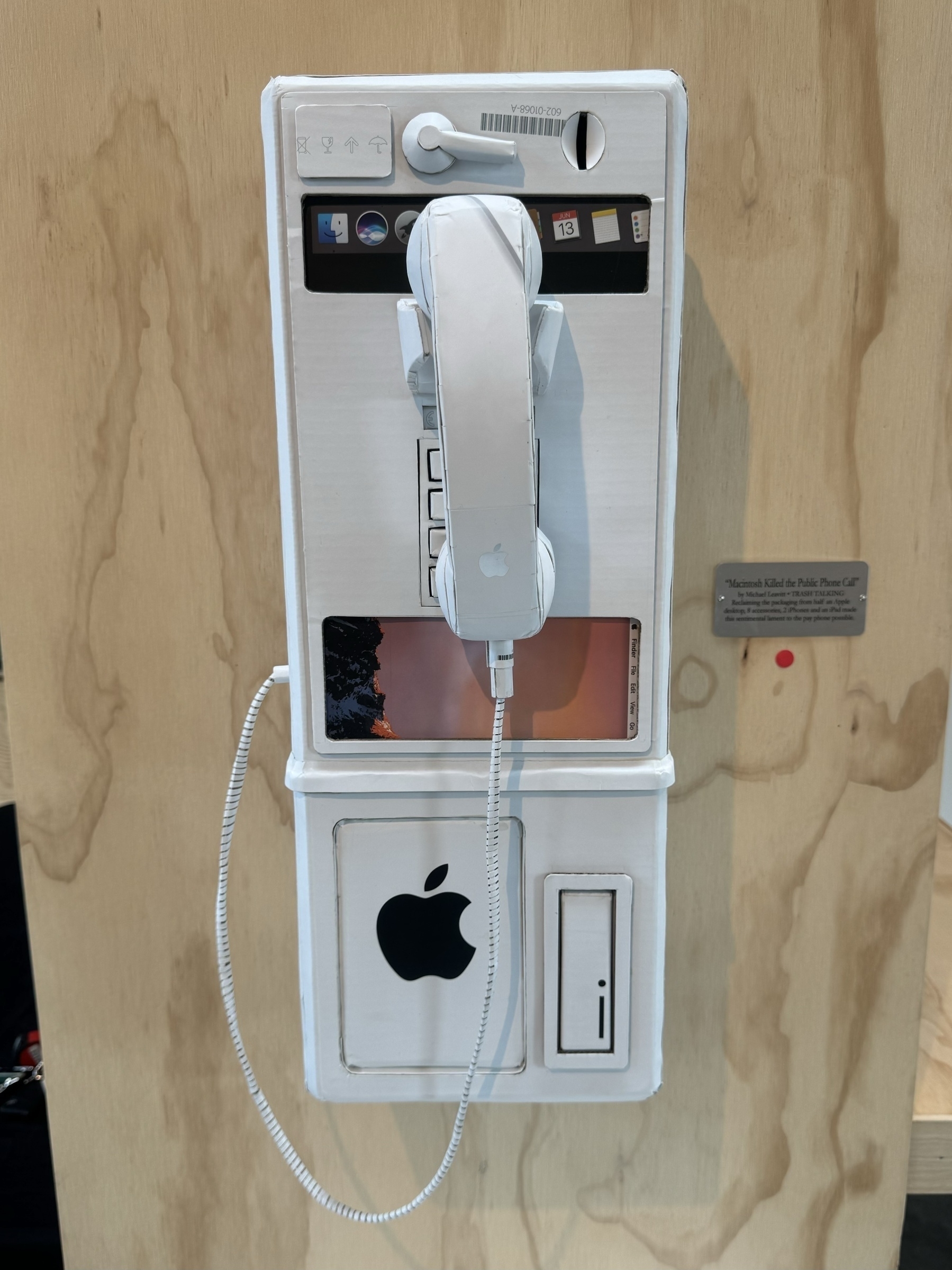
📸 “Macintosh Killed the Public Phone Call” by Michael Leavitt
📍Mini Mart City Park, Georgetown, Seattle
🔗 Trash TalkingReclaiming the packaging from half an Apple desktop, 8 accessories, 2 iPhones and an iPad made this sentimental lament to the pay phone possible.
-
Thursday August 22, 2024
Can you not rearrange the file order in Xcode anymore? Alphabetical only now? Or did a setting change?
-
import Translation
Tuesday August 20, 2024At WWDC24, Apple announced Translation, a new ML-powered framework in iOS 18 providing APIs to access the models powering iOS’s Translate app.
One nice surprise – the basic implementation is already available as of iOS 17.4 – so developers can easily add a system provided translation overlay in SwiftUI using the
.translationPresentation()modifier. I first tried experimenting with this in June, but Xcode wasn’t recognizing the modifier on my SwiftUI view. I poked around a little but decided to move on, figuring it was a version compatibility issue somewhere in my smoothie of Xcode, SDK and simulator betas.Last week in Cupertino, I met an ML engineering manager on the Translation team, who unblocked me with a simple question. “Did you import Translation?” This feels obvious in retrospect, but my takeaway from WWDC was this modifier came with SwiftUI itself. And that iOS 18’s Translation framework would only be needed for more custom implementations.
I haven’t shipped this in Art Museum yet, but here’s my first stab at it. The most relevant use is for artwork titles, which sometimes are provided in other languages. My implementation first uses the Natural Language framework’s
NLLanguageRecognizer()class to detect the probable language code of the title string. If it detects something other than English, it cross checks against the supported translation languages. Translation’sLanguageAvailability()class is iOS 18 only though. So I ran this in a Swift Playground and hardcoded an array of supported language codes to hold me over until the fall. If a title’s language is supported, the translate icon is presented next to the title. -
FB14827045
Friday August 16, 2024iOS 17 introduced a new synonyms API to the App Intents framework. Developers can provide an array of synonyms on their
AppEntityorAppEnumcases, which is supposed to give users more flexibility with their spoken App Shortcut phrases. But in my experience, these synonyms are not actually recognized by Siri or Spotlight. -
Wednesday August 7, 2024
Headed to Cupertino next week for a session on Apple Intelligence, Siri, and App Intents at the new Apple Developer Center!
